Design Of Cargo Holds In Different Types Of Ships
What’s the first thing which comes to your mind when you hear about ships? Well, ships have been conventionally linked to trade and hence carrying platforms for different types of cargo.
Cargo carried on ships can be general or breakbulk, liquid bulk etc. It can also be unitised cargo such as containers, barges or wheeled cargoes on roll-on/roll-off (RO-RO Ships).
Each ship is designed pertaining to a specific purpose and need. Some types of ships are designed to meet different requirements by having hybrid features, whereas some small container ships have foldable decks to serve as feeder vessels.
Some general cargo ships can carry standard containers and some amount of bulk cargoes in addition to the general cargo.
The cargo hold design is done meticulously keeping the pre-requisites of trade in mind and at the same time to improve profits by carrying the maximum volume/weight of cargo or the number of containers in case of container vessels.
This article mainly deals with the design of cargo holds in Bulk Carriers, Container Vessels and Oil Tankers.
Before we delve into the design of cargo holds, we first need to have an idea about the different types of cargo and the need for separate types of vessels to transport them
Types Of Cargo Carried On Ships
Listed below are three main types of cargo encompassing the majority of the world trade-
General Cargo
This type of cargo encompasses mainly two categories – breakbulk and neo-bulk cargo.
Breakbulk implies cargo is carried in bulk but broken down into smaller units such as grain or rice packed in individual bags and then loaded onboard a ship.
All packed goods in crates, bags, boxes, barrels, drums and refrigerated cargoes such as canned fruits and meat fall in this category.
The word neo implies something in a revived or new form. (We’ve heard of the Panama Canal’s new Lock gates and the vessels capable to pass through them are classified under the Neo-Panamax category!) Neo-bulk implies ‘pre-packaged goods’, which are counted as they are loaded and unloaded.
Pre-Packaged items such as heavy machinery, cars, bundled steel, scrap iron etc. fall under this category. One important point to be noted is that in the case of general cargo, the stowage factor (a factor used to evaluate the efficiency of cargo space in a ship) is not only dependent on the specific gravity of the cargo but also on the type of packaging method used.
Bulk Cargo- Solid/Liquid
Solid or liquid bulk cargoes’ defining feature is goods carried ‘unpackaged’ in large quantities which can be in particulate or granular form in the case of solid bulk(such as coal, grains, ore etc.) and liquid form (such as liquified gases like ammonia, natural gas etc.) in the case of liquid bulk.
Crude and Product Oil
This includes specifically crude oil and other petroleum products.
Location of Cargo Spaces
The cargo spaces are generally located between engine room forward bulkhead and forward peak bulkhead. Sometimes when the engine room is moved forward by one cargo hold space there ought to be a cargo hold aft of the engine room.
The overall cargo space in merchant’s vessels is divided by transverse watertight bulkheads thus resulting in a number of cargo spaces and holds.
In the case of oil tankers, the cargo space can be divided by longitudinal bulkheads into transverse watertight compartments, thus limiting the free surface effects (in case the tank is partially loaded) and preventing oil discharge in case of an accident.
Bulk Carrier
Bulk Carriers carrying liquid cargoes in bulk are further categorised and dealt with as Oil Tankers and Tankers carrying other liquid chemicals in bulk like Liquified Natural Gas, Ammonia etc.
Let’s discuss the cargo hold design of a ‘dry bulk carrier’ carrying solid cargo in bulk.
The figure below shows the midship section of a traditional bulk carrier.
The primary objective in designing the cargo hold of a bulk carrier (and the easiest way) is to look into the economic factors. Owing to the fact that the freight in case of bulk carriers is directly linked to the weight of cargo carried, hence the cargo space should be so arranged so as to carry the maximum amount of cargo by weight.
One important point to be noticed is that bulk carriers are designed as deadweight carriers where the design draught is also the freeboard draught.
As can be seen from the figure, the cargo hold has two top side sloping tanks on either side. The reason behind it is very simple. But before understanding that let’s shed some light on what exactly is an angle of repose.
Whenever solid bulk cargo is loaded into a compartment, its propensity is to form a conical shape on top. The angle between the horizontal plane and the slope of the conical shape is known as the angle of repose. Obviously, this angle will vary for different types of cargo.
Lighter cargoes have a lesser angle of repose compared to heavier cargoes given the fact that they can easily move and adjust, thus reducing the conical slope and hence the angle. Now, this angle of repose is quite significant from the regulations point of view.
IMO states that granular cargo having an angle of repose less than 35 deg will likely shift. To avoid this (as shifting of cargo can have detrimental consequences on stability) bulk carriers are provided with top side sloping tanks (around 30 deg inclination) so as to reduce empty space whilst loading of cargo and therefore preventing and minimising the grain shifting moment from port to starboard.
Another important design aspect is the bottom side sloping tanks (called hopper tanks) with an angle of inclination lying between 40-45 deg. This is done to facilitate easier unloading as cargo automatically slides down towards the centre of the hold which can be lifted easily from there using cranes instead of scrapping the corners.
Hence it can be said that a traditional bulk carrier is a structure limited by the top and bottom sloping tanks and double bottom.
One loophole in this design is leaving the single skin side shell vulnerable to damage (due to an accident such as collision or grounding) with seawater exerting excessive pressure on end bulkheads, thus rupturing them subsequently and hence leading to capsizing.
Statistics point out this loophole quite prominently stating 45.8 % of accidents between 1978 and 1998 had occurred due to side shell failure.
As a safety measure, it is now being recommended that bulk carriers should have a complete double hull construction by having a double skin on the single side shell portion. For access to a surveyor, the distance between the outer and inner side skin should be sufficient with a recommended value of 0.6 m at the narrowest portion. The need for hopper tanks for carrying ballast water is obviated as the wing tanks at various heights serve as ballast spaces.
You can read more about the overall design of bulk carriers.
Container Vessel
It would be convenient to carry unitised cargo on board a ship with a standard size which can be handled at sea and on land by rail/road etc., thus allowing the door to door transportation.
Keeping this in mind standardised container units are in practice today to facilitate efficient movement and handling of cargo. Container ships have evolved to a great extent and have claimed a major portion of international trade.
Let’s see the design aspect of a container hold now.
To understand the design aspect, we first need to understand how containers are loaded, unloaded and held in place while a ship sails through the notorious ocean waters.
Containers are loaded/unloaded vertically through hatch openings as owing to their large size (for example the 20-foot container measures 6.058 m or 20′ in length, 2.438 m or 8′ in width 2.591 m or 8′6″ in height) only vertical loading/unloading is feasible.
The figure below shows the design of a container hold.
It can be clearly seen that the figure depicts a single deck container vessel so as to facilitate stacking of containers one above the other.
Also to maximise container stowage under the deck its imperative to make the hatch openings as large as possible. One important factor to be kept in mind is that the hold dimensions should be in multiples of dimensions of the standard containers (including intercontainer spaces) so that container stowage is optimised. The hatch openings which are large are almost 80% of the breadth of the ship.
One very important and distinguishing feature of a container vessel is the presence of torsion boxes. You can read more on what is meant by torsion in a ship and why torsion boxes are a must in large container ships.
Sometimes twin hatches with the pillared structure are provided at the centre to withstand torsion.
It can be seen that container ships are provided with a normal double bottom and the side shell is of double hull construction to provide proper stowage of containers and at the same time ensure adequate ballast space.
Since containers are stacked on top of the other, the centre of gravity of the vessel may go up dangerously high. To prevent and minimise this it is a common practice to load heavy containers in the hold and stack the lighter ones on top with ballast water adjustment done to ensure CG is below the maximum allowable CG.
Finally let’s see how containers are held in place as holding/lashing of containers is an important aspect affecting the cargo hold design.
Apart from container fittings( in which containers are fixed to the double bottom by twist locks and as we go up similar twist locks hold the upper tiers in place), it becomes imperative to introduce some sort of rigid restraint such as cell guides to hold the tiers (above 3 or more) as lashing is not sufficient to rigidly hold the containers.
Cell guides which are pillar-like structures have recesses at all four sides to fit container corners. They are erected permanently (hence a ship with cell guides cannot carry any other type of cargo) on the ship’s hold by being welded to the double bottom.
Oil Tanker
Ever thought what would happen to a ship if the cargo tank in which oil is carried is breached? Well, the oil will flow out of the tank and the remaining space will be progressively filled with seawater.
Related reading: 9 Methods for Oil Spill Cleanup at Sea
Will it affect the ship’s stability? Well, it must, as we’ve learned in damaged stability. But will that damage be catastrophic? The answer is most probably NO- provided the oil carried and seawater are not far apart in their densities thus causing nominal trim and sinkage and hence not much loss of stability.
Hence, keeping only this factor in mind tankers in past used to be of single-skin construction.
A number of maritime accidents in the last century, which led to severe oil spills raised concerns over carriage of oil in single-hull tankers as whenever a tanker ran aground near a shore or suffered a hull breach, it leads to millions of tonnes of oil spilt into the sea thus severely affecting the biodiversity in that area. Hence, IMO formulated the MARPOL convention in which the emphasis is mainly on the development of double-hull tankers.
You can read to know how a single hull tanker compares with a double hull
The figure below shows the cross-section of a double hull tanker.
Extensive research on the development and impact damage of double hull ships has concluded that such tankers are safe ( as it is unlikely for both hulls to suffer a breach).
One more thing to be observed is the presence of segregated ballast tanks. This was another major aspect emphasised in MARPOL in which ballast water can be carried only in designated tanks (as earlier due to mixing of ballast water and oil and discharge of this contaminated ballast water into the sea leads to environmental pollution), which are separate from the cargo oil tanks.
One downside of this was the reduction in cargo space due to segregated ballast tanks but with the prospective upside of environmental safety.
As is evident from the figure below oil tankers are single-deck vessels with all cargo loaded inside holds. The camber (curvature of decks in the transverse direction) lets water from the sea coming on deck run off easily.
You can read more about the overall design aspect of oil tankers and their categories.
Thus we’ve seen the cargo hold designs of a bulk carrier, container vessel and oil tanker and understood the intricacies of the design aspect for the same. We’ve also seen the different types of cargo and how they are classified.
In the upcoming article, we’ll shed light on the design of Ro-Ro vessels and understand from scratch what all factors affect the design of these vessels.
Do let us know your views in the comments section below!
Disclaimer: The authors’ views expressed in this article do not necessarily reflect the views of Marine Insight. Data and charts, if used, in the article have been sourced from available information and have not been authenticated by any statutory authority. The author and Marine Insight do not claim it to be accurate nor accept any responsibility for the same. The views constitute only the opinions and do not constitute any guidelines or recommendation on any course of action to be followed by the reader.
The article or images cannot be reproduced, copied, shared or used in any form without the permission of the author and Marine Insight.
Do you have info to share with us ? Suggest a correction
Latest Naval Arch Articles You Would Like:
Subscribe To Our Newsletters
By subscribing, you agree to our Privacy Policy and may receive occasional deal communications; you can unsubscribe anytime.
Web Stories



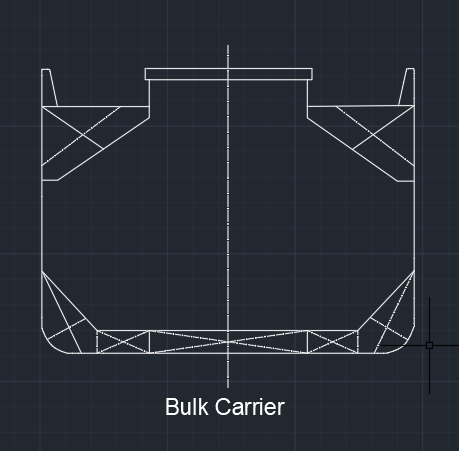
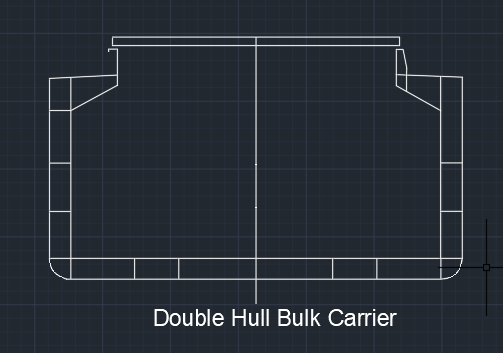
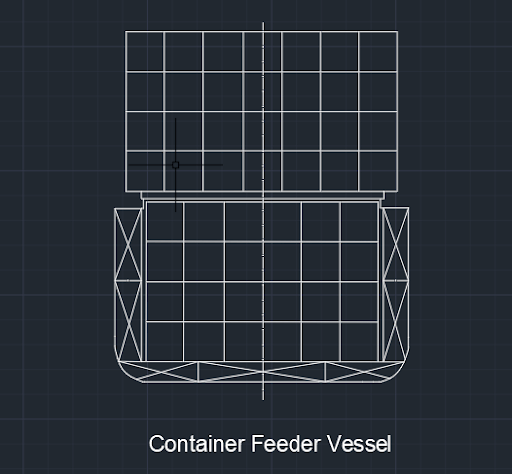

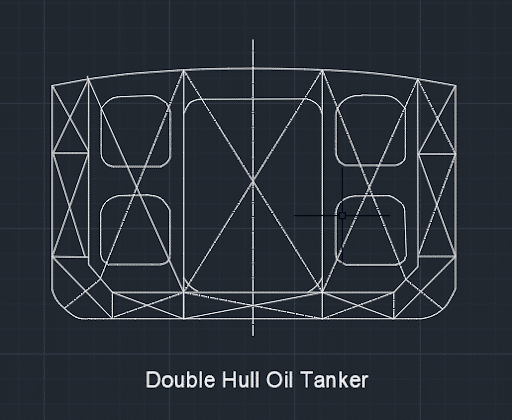





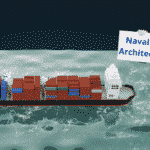
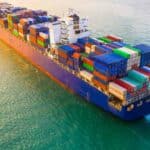
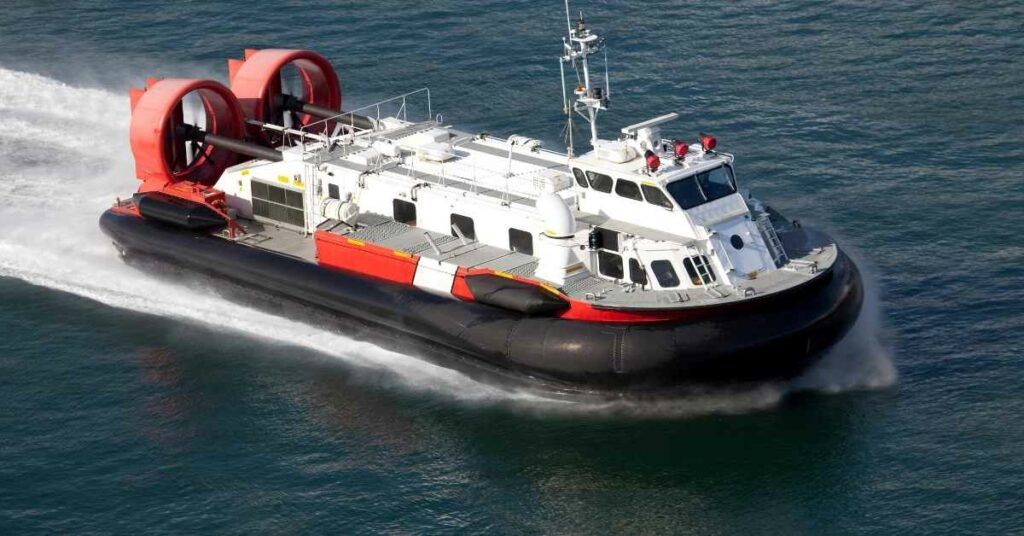
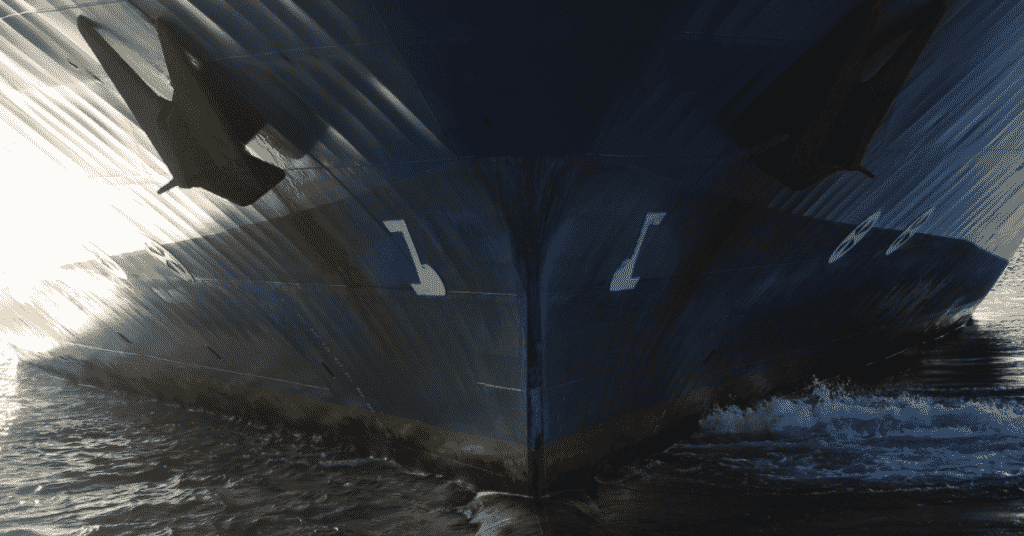
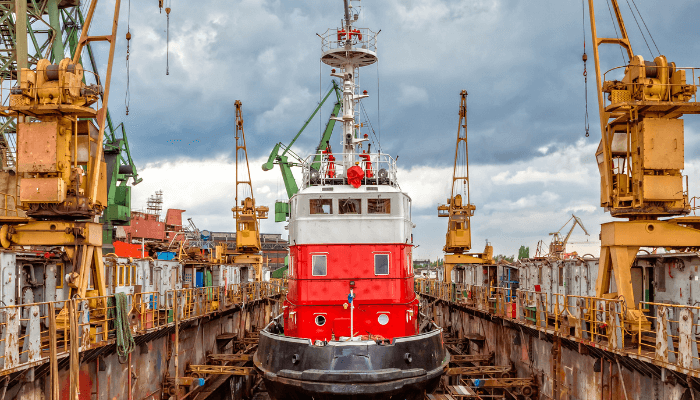
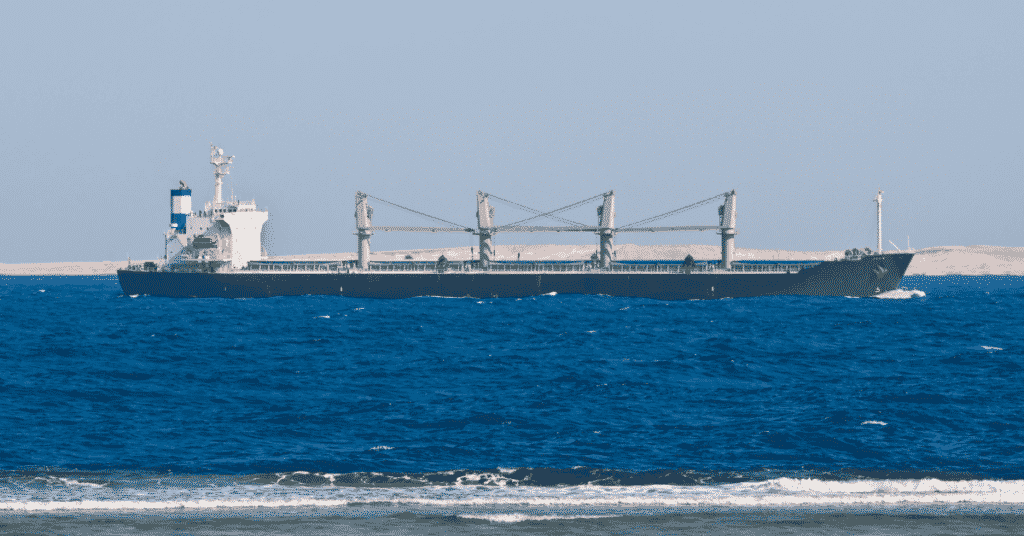

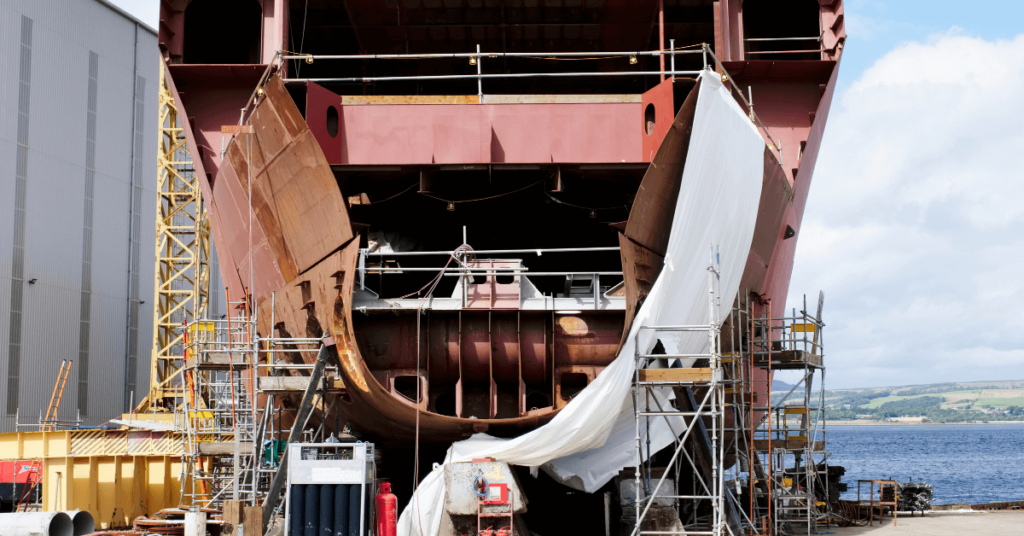

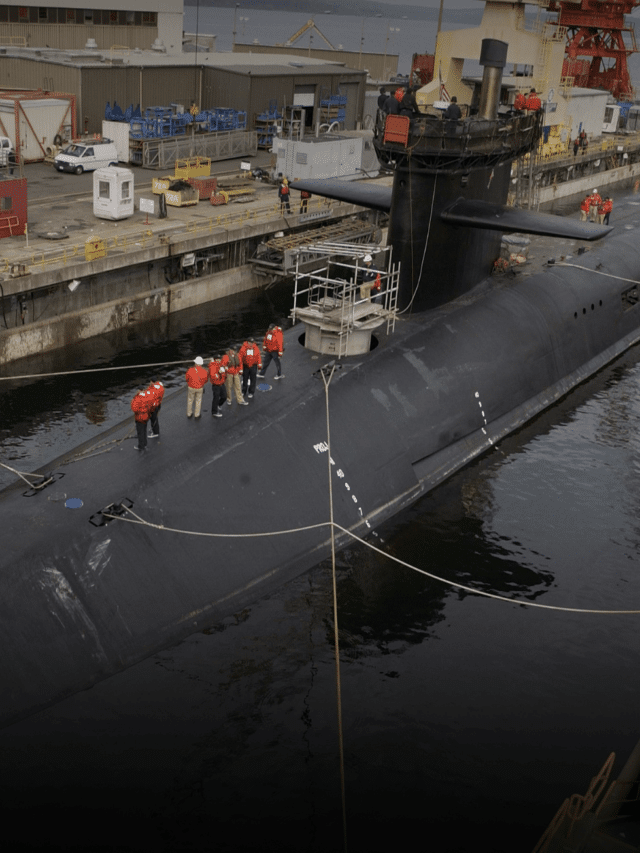
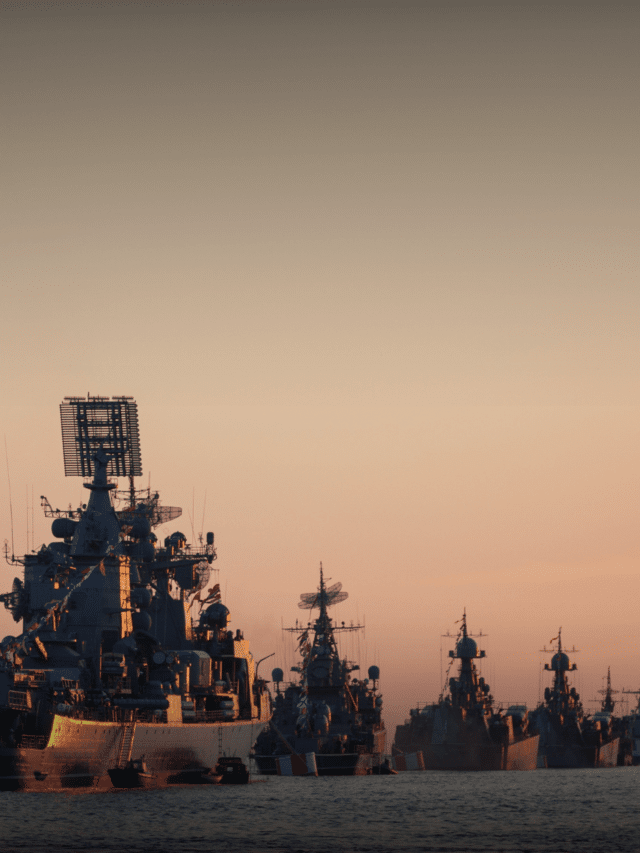
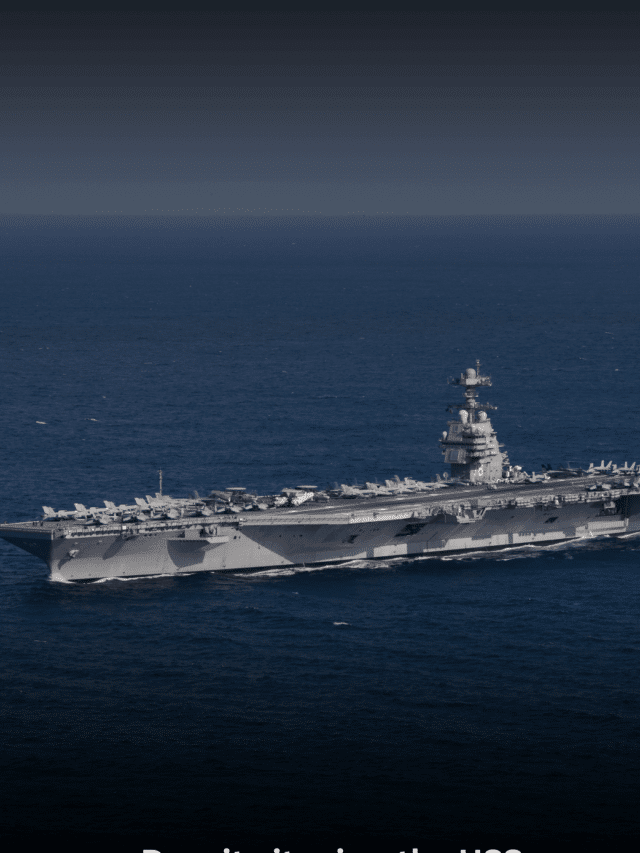
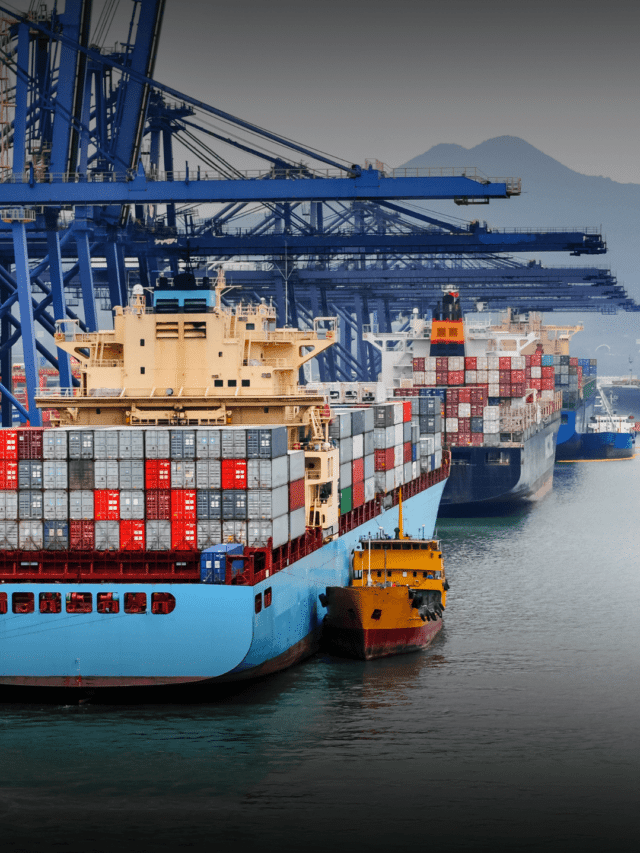
I cherish your articles. I am in the marine industry and your insight have indeed exposed me to the fundamentals of shipping.
@Enwefa: Glad you liked it. Thank you for your support.